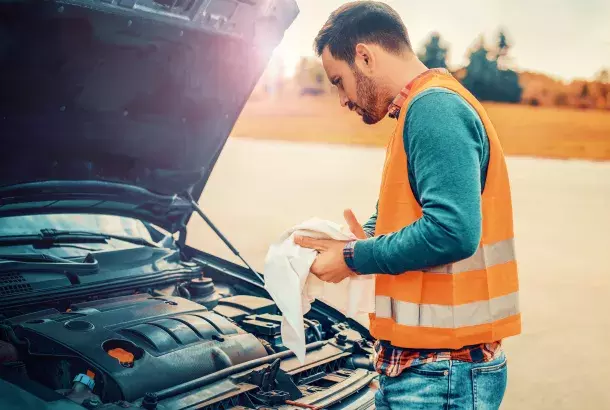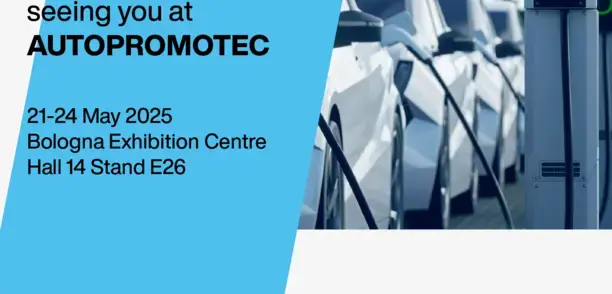Summer heat can be surprisingly damaging to car batteries. When the temperature rises, their charge starts to fall. Global stored energy leader Exide Technologies explains why hot weather is so harmful to batteries, and what can be done about it.
It’s commonly thought that winter is the worst time of year for car batteries, when freezing temperatures affect their ability to start and power the vehicle. But in reality, car batteries face a worse enemy: the heat of summer.
The self-discharge phenomenon
Intensely hot weather is especially destructive to batteries of all kinds. As temperatures increase, the electrochemical reaction inside a battery speeds up, accelerating the natural phenomenon of self-discharge. Automotive batteries exposed to hot conditions therefore require more frequent charging to maintain their optimum efficiency – especially during storage, or if the car is parked for a long time between use.
“If a car is left exposed in the sun it creates adverse conditions for a battery. When the outside temperature is 30°, very common in the south of Europe, the temperature under the steel bonnet is significantly higher,” explains Guido Scanagatta, Product Marketing Manager Automotive EMEA at Exide Technologies.
Such is the impact of warmer weather, that manufacturers usually recommend a car battery needs to be recharged after being exposed to just 20°C. In addition, every 10°C increase beyond that causes the rate of self-discharging to double. “On particularly hot days of 30°C or higher, the battery drains much faster than in any other conditions,” confirms the expert. “Vehicles that are driven every day can usually replace that discharge. But when a car is used less often, the state of charge continually reduces.”
Summer weather also accelerates additional, side chemical reactions byat the same rate; doubling with every 10°C temperature increase. Alongside these reactions there is also the challenge of grid corrosion, which gradually reduces the battery’s conductive material as well as increasing internal resistance and progressively lowering cranking power performance. “This is especially the case in batteries that repeatedly reach high temperatures. Unfortunately, once battery capacity has been damaged by heat, it can’t be restored,” Guido Scanagatta warns. “In the end, replacement can be the only option.”
Proactive prevention
The self-discharge and corrosion problems caused during summer may only be revealed in the cold of autumn or winter, when more energy is needed to start the engine.
“Luckily there are some simple ways that workshops, and their motorist customers, can avoid the headache of a self-discharging car battery when temperatures rise,” the expert says. “Technicians can lead the way with smart testing tools, and by sharing preventative advice with their customers. Motorists in turn should keep their car out of the sunshine, ensure the battery is clean and keep the engine fluids topped up to minimize the effects of summer heat.
“The single most important piece of advice, however, is for drivers to have their battery professionally checked throughout the year,” he concludes.
Selecting the right battery
By following Exide’s preventative recommendations, the risk that a battery will self-discharge during the holidays can be significantly reduced. However, if battery failure does occur and a new replacement is needed, it is vital to choose an appropriate model that conforms to the requirements of the car manufacturer and suits the relevant driving style. Exide’s online battery finder is the ideal tool to facilitate quick selection of appropriate batteries and is equipped with a modern user interface.
Exide batteries and the technologies in its aftermarket ranges are drawn from its long-standing experience as a leading original equipment (OE) battery manufacturer. The company’s development priorities include increasing battery lifespan and reliability across the range, as well as the overall user experience.
Exide’s Premium Carbon Boost 2.0 standard flooded batteries for the aftermarket also feature OE Exide technology, offering an ideal upgrade for conventional engines. Unique Carbon Boost 2.0 technology improves conductivity and allows a faster recharge, reducing breakdown risk by helping the battery retain a healthy state of charge for longer. This latest battery generation also comes with a new plate design for greater robustness and increased resistance to high temperatures - further improving battery health to ensure driver satisfaction.
For more advice and details of Exide Technologies’ leading automotive battery ranges, visit www.exidegroup.com/eu
Trademark notice
Exide, Carbon Boost are registered trademarks of Exide Technologies. Other trademarks are the property of their respective owners.








